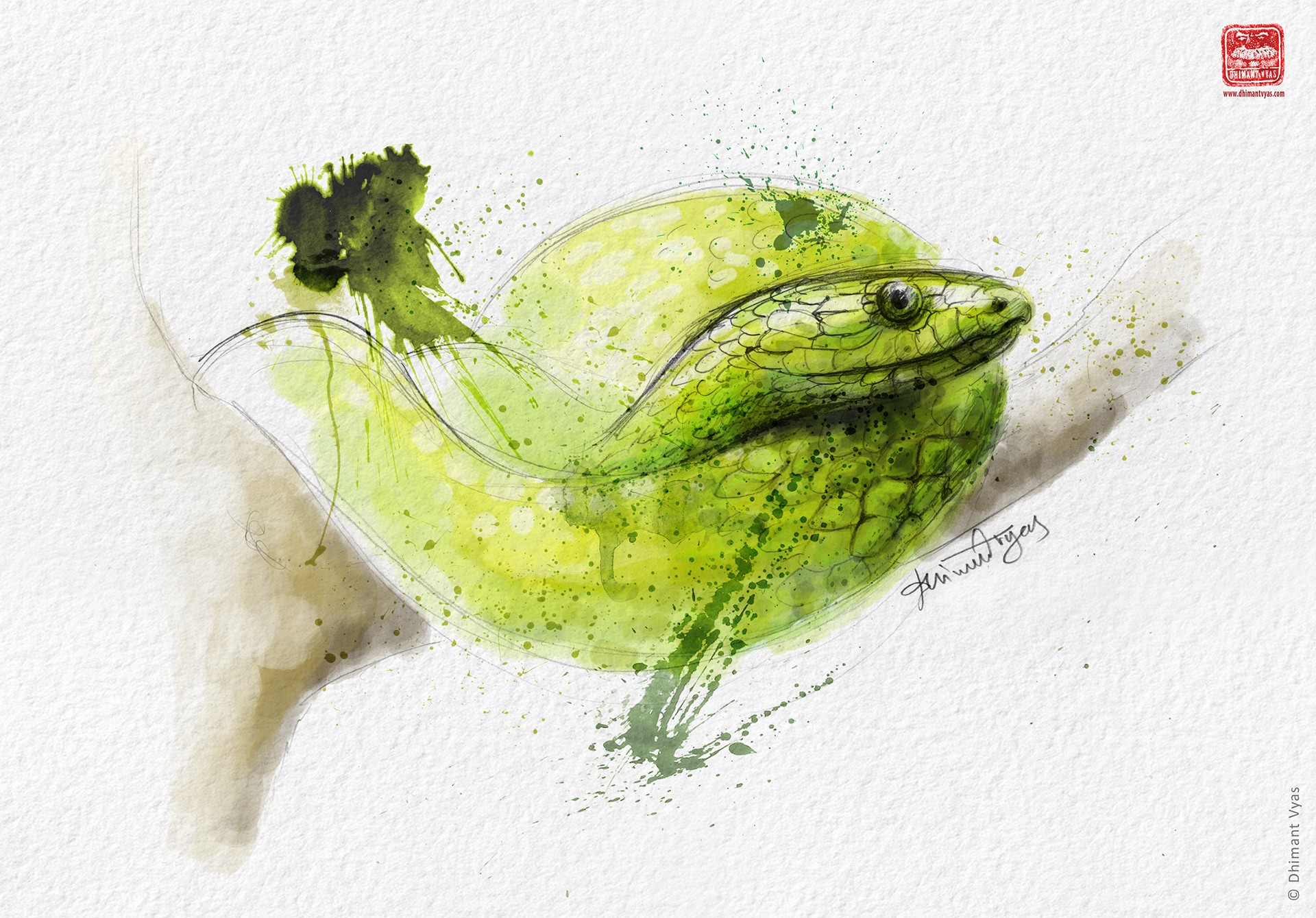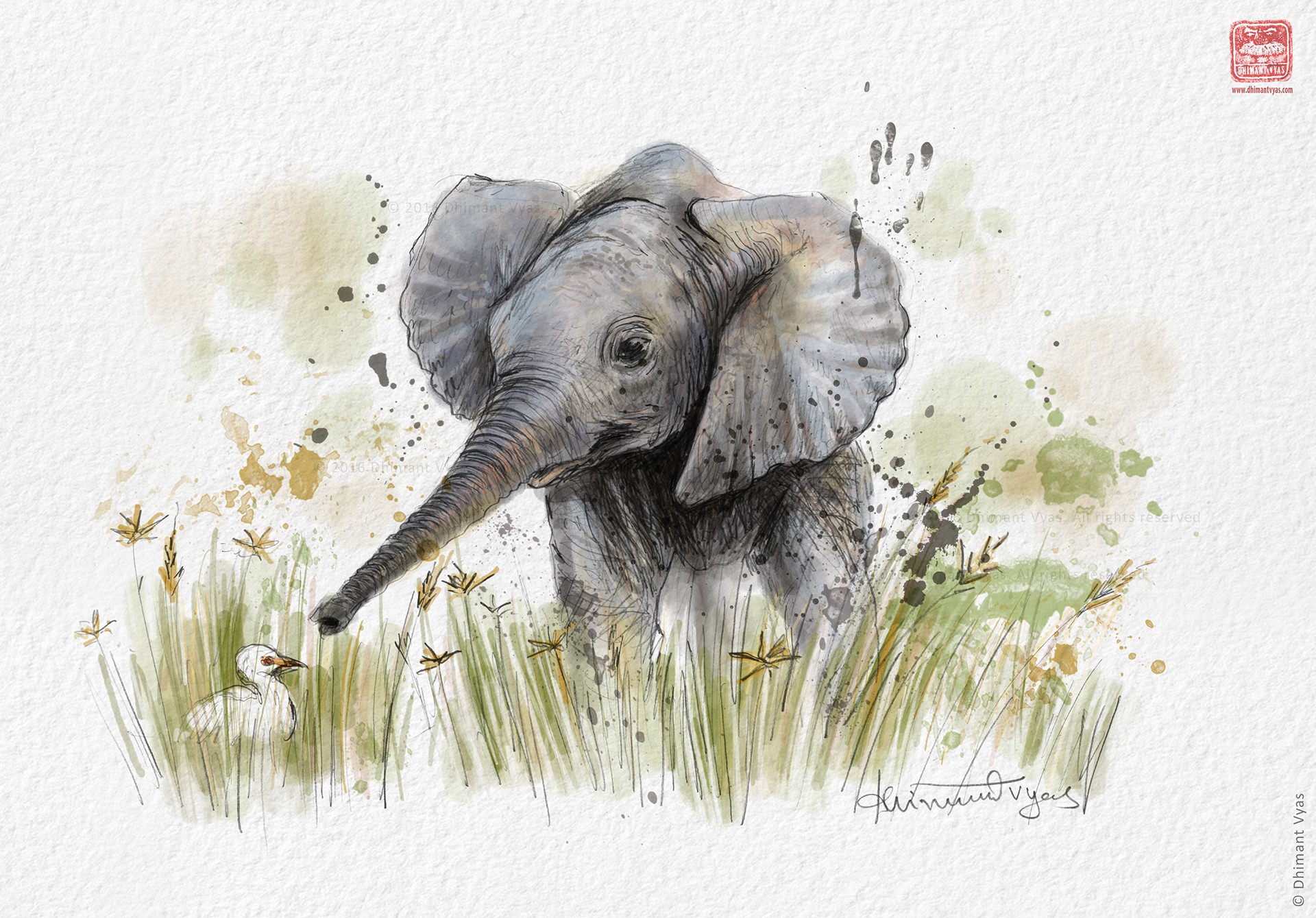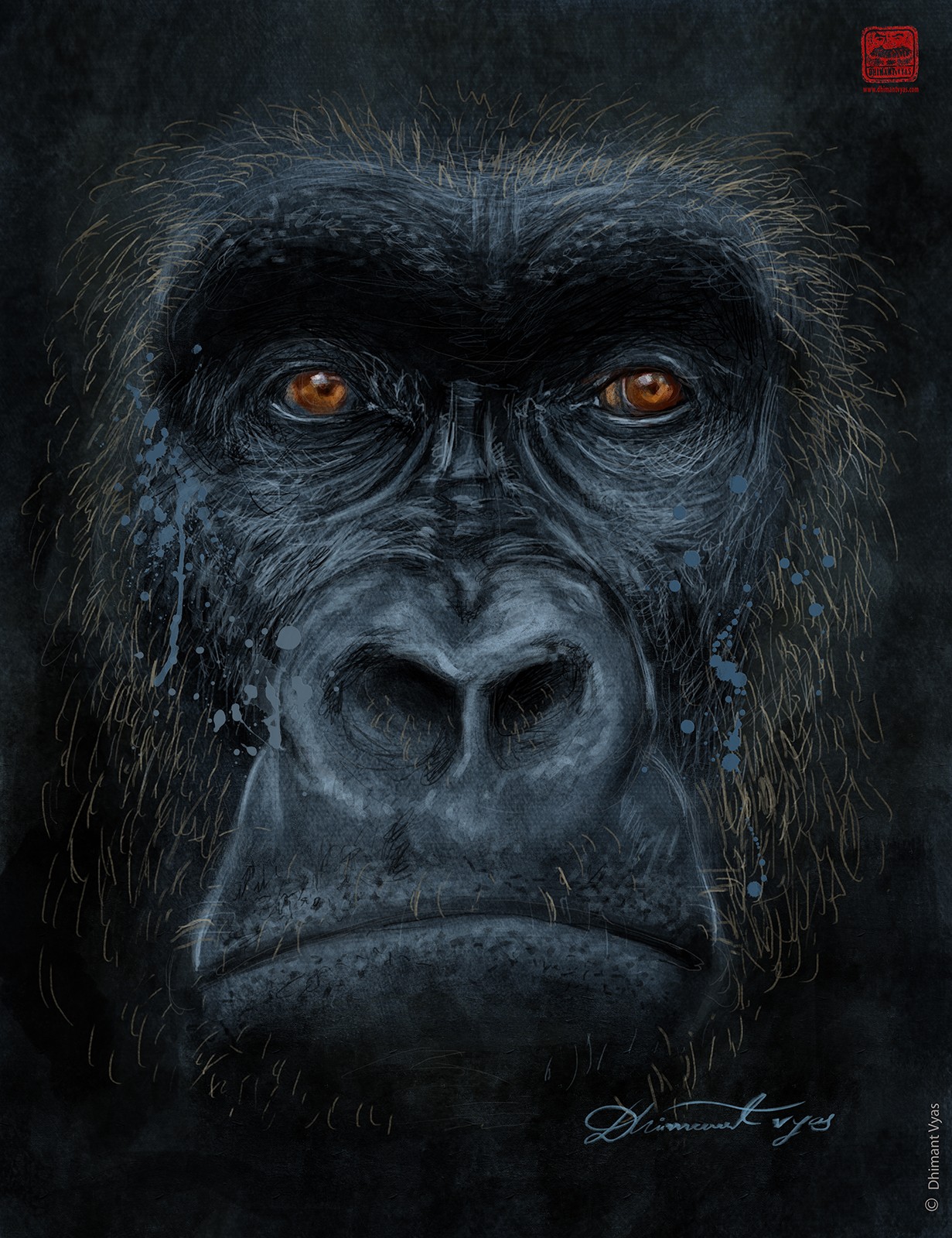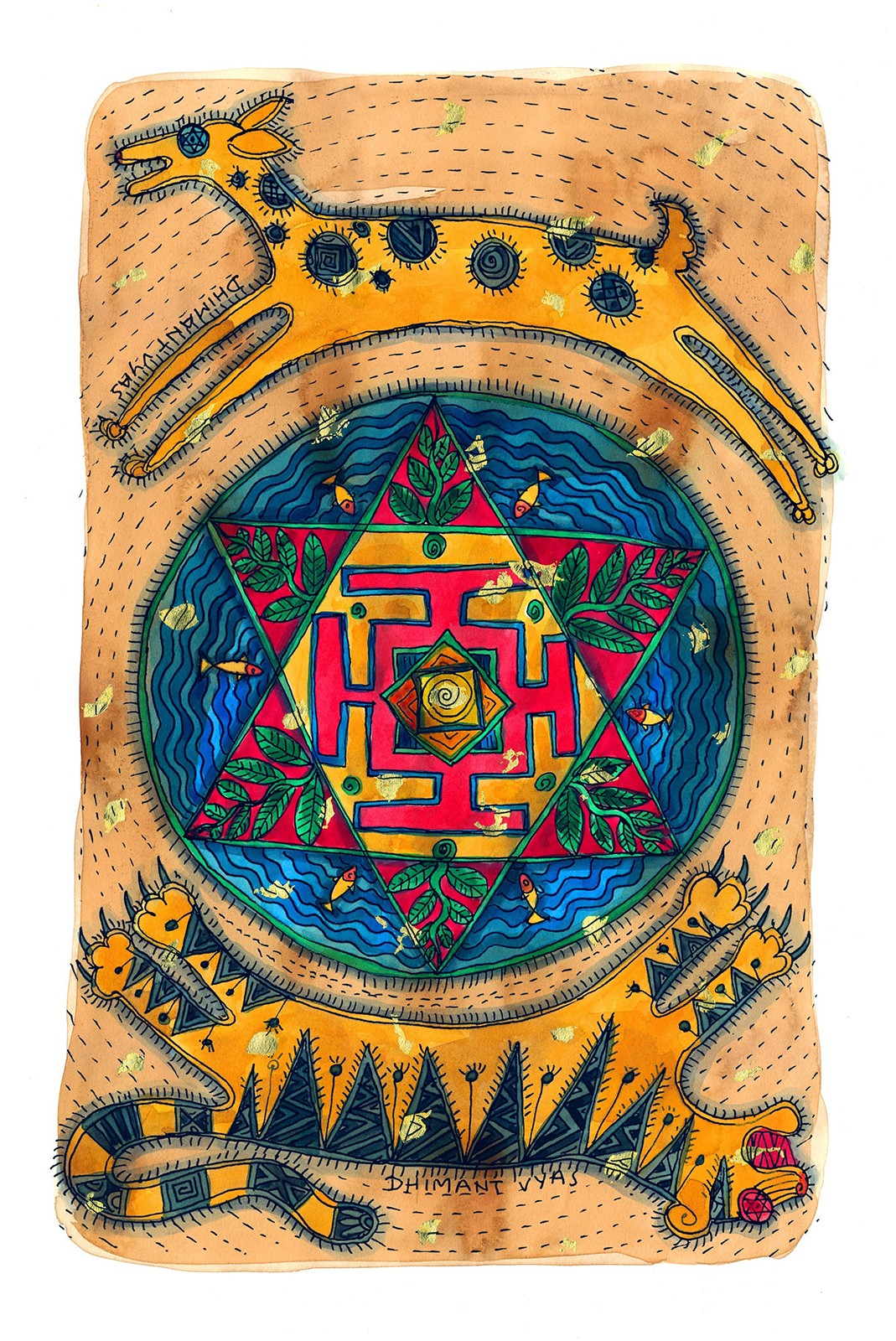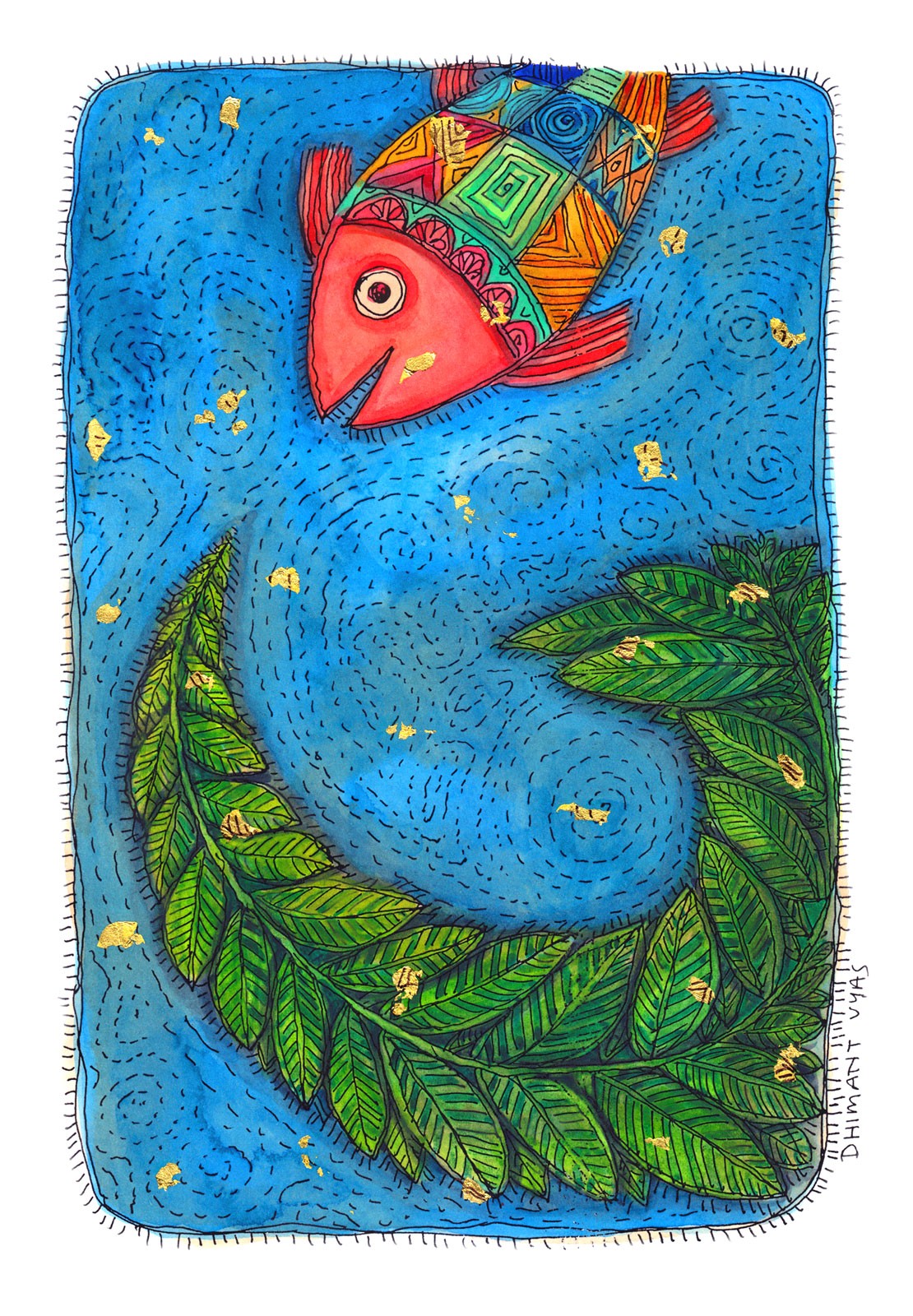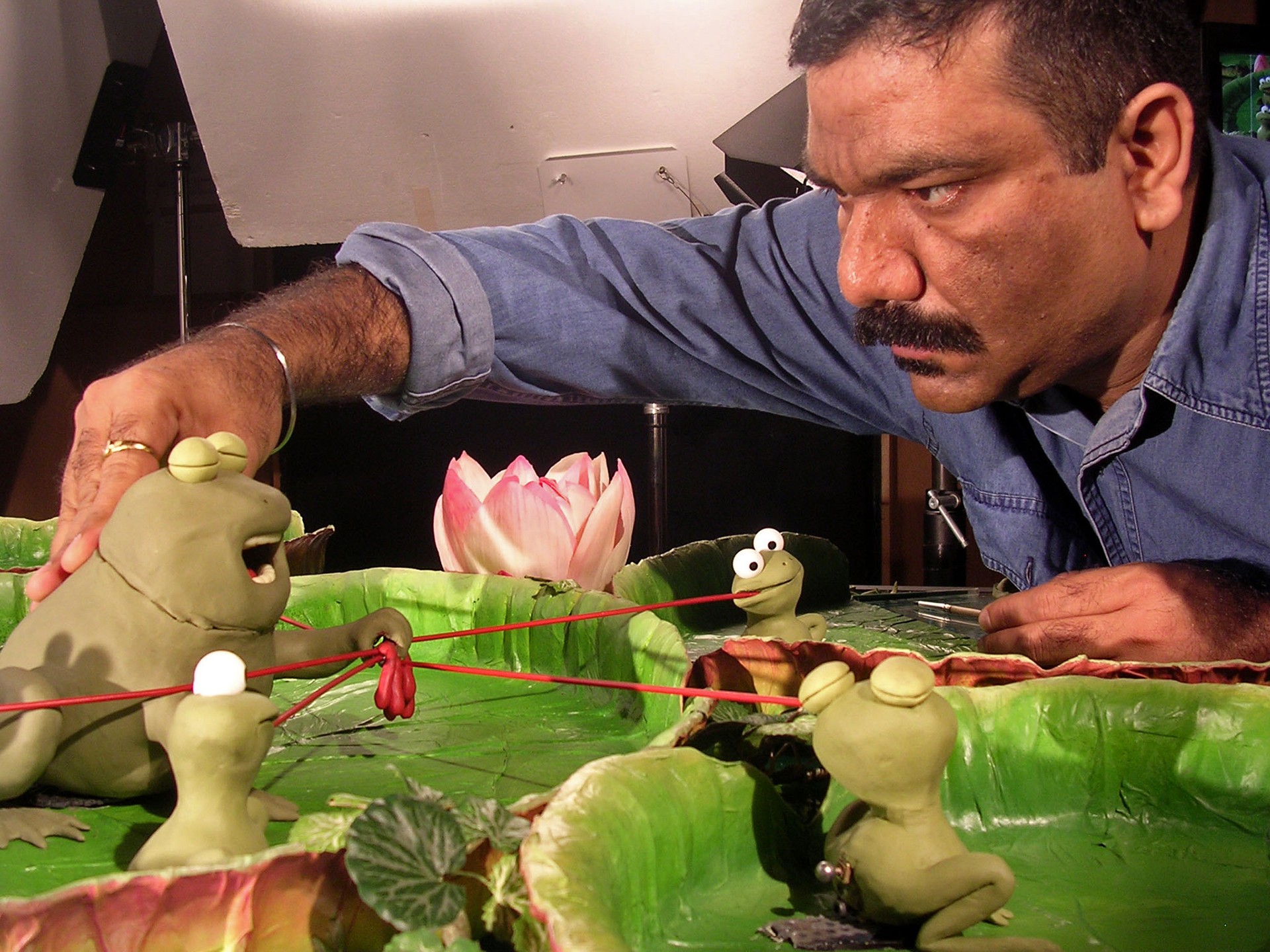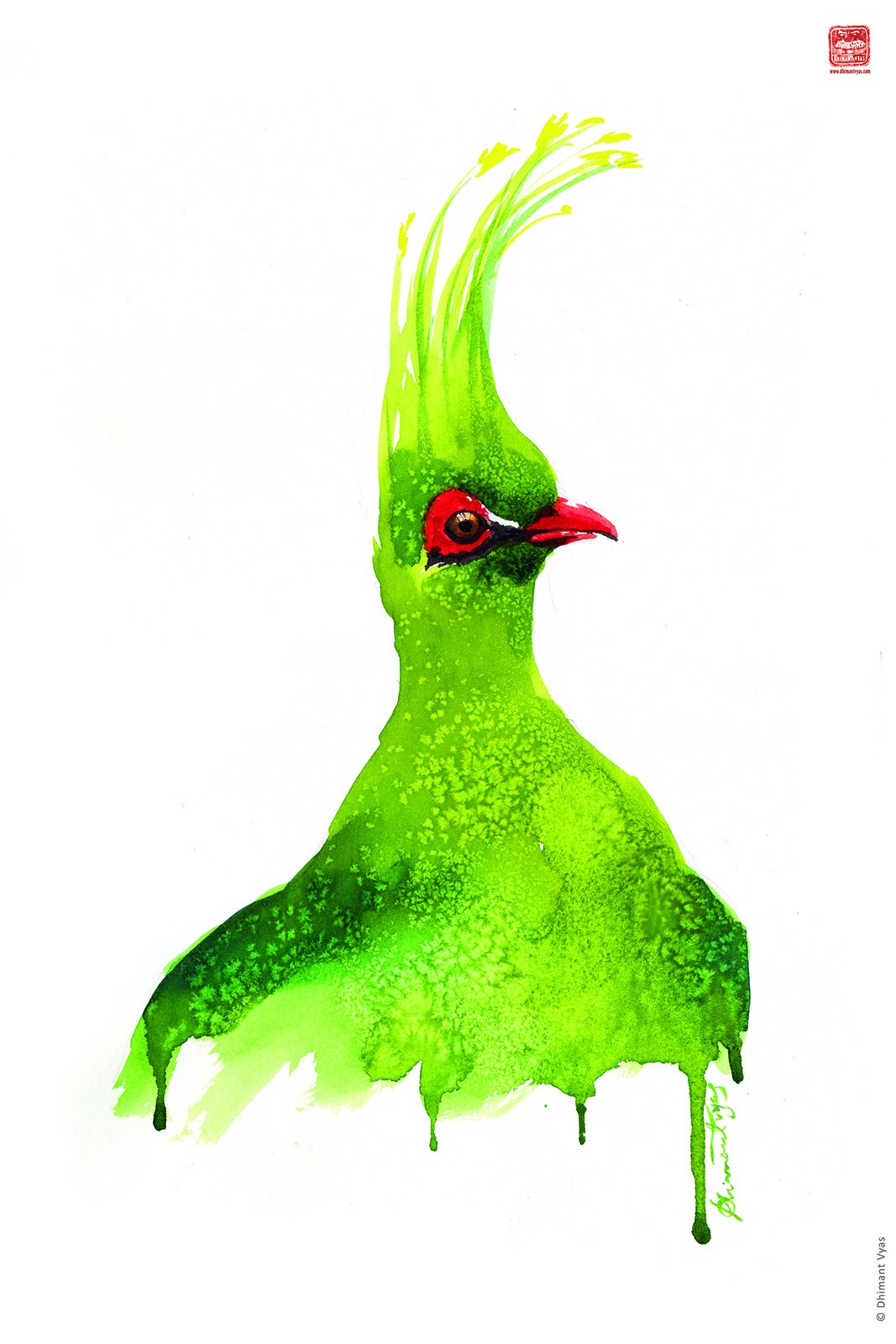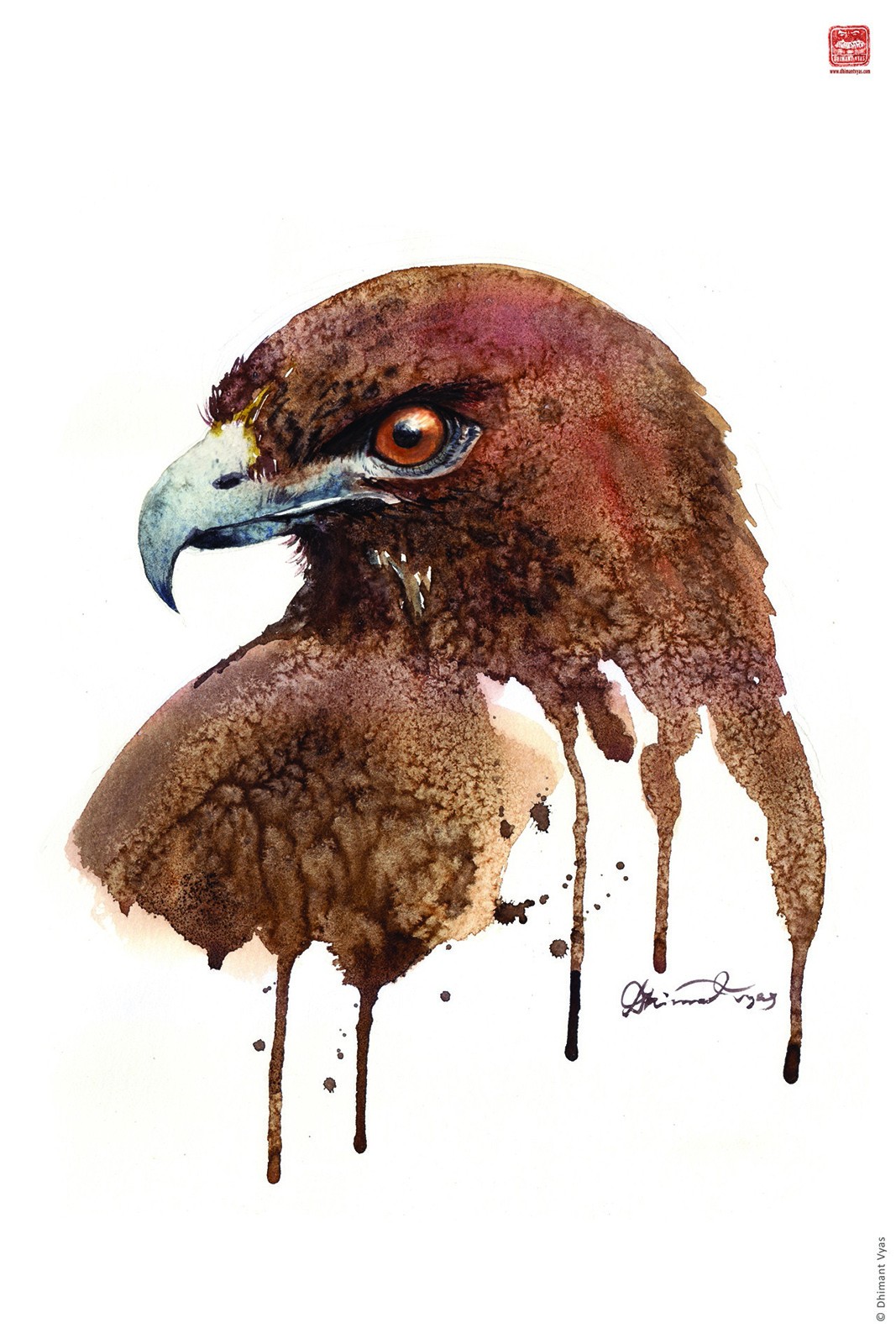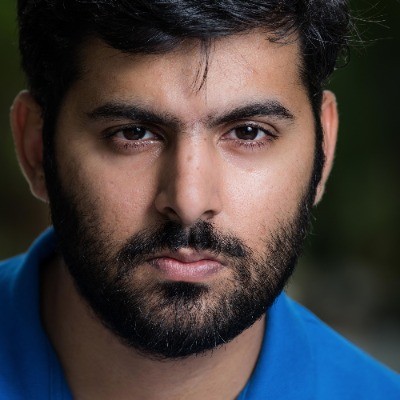Dhimant Vyas, or Dhimant Kaka as he is fondly known, has spent his career as an artist and animation film designer making sure of that. Vyas has worked on various movie productions that feature wildlife and animals, including Shaun the Sheep Series Two and Creature Comforts, both products of the Academy award-winning Aardman Studio, famous for its stop-motion animation movies.
He is also acclaimed for his work on the title animation sequence for the Hindi movie, Taare Zameen Par. Vyas does far more than animation, though. He is also a versatile artist whose work – whether paintings, sculptures, or photographs – is influenced by his love for nature.
We get to know him a little better.
Quite a few of the sketches from your student days featured different birds and animals. How connected to the natural world were you as a child?
I grew up in the small town of Dhrangadhra, near the Little Rann of Kutch. My home was a simple two-room structure located close to the clear waters of a river in which I could see many fishes, so right from the start, I felt connected to nature. Even if it was 45°C outside, we would be out in the sun taking a dip in the river. When the water would dry out and collect in small puddles, I would collect the small fish from them, and keep them in my tank at home, feeding for them and caring for them.
When I returned from school, most of my time would be spent near the river playing with friendly cats, four generations of which stayed with my family. My friend also reared goats, which we would take out to graze together. Every weekend, my father took me to nearby farms, where we would buy fresh fruits and vegetables.
Also, my uncle used to work for a paper company, and he would often provide me with blank sheets. My family has been involved in art and sculpting for generations, and I too soon started drawing images of big cats such as panthers and tigers from images in magazines. So from an early age, I was exposed to nature in different ways.
That connection continues today. Some of the major productions you have been involved with feature animals. Do you think children find animal characters more fascinating than human characters? Should we be introducing children to wildlife from an early age?
I do feel that we all have a connection with nature right from childhood. This could be because of the different shapes, colours and personalities associated with animals such as a tiger or bird – but for whatever reason, the animals we see in books, magazines, and TV draw us in and have a deep effect on us.
The experience of actually seeing some of these animals in the wild is often so different from we read in stories. I feel that all children should get to experience wildlife directly as well, and get to know more about all animals, not just tigers, but even the smallest of ants and insects. How do they behave, how did they come to be so brightly coloured, etc?.
You have been experimenting with various art forms for years now, some of these involve beautiful expressions of Mother Nature that have their origins in different folk arts. Tell us about the ‘Natura’ series of paintings.
Across the world, folk art is not done by artists with great names, but by local people who take it forward generation after generation. It remains a very raw, untouched form of art, I feel. When an outsider sees a particular folk art form, they will probably connect with it at some level, because the essence of folk art is the same the world over – it is common to all of us. I studied art forms such as Madhubani, Warli and Rajasthan miniature paintings, and I’ve even taken inspiration from the colours and styles of African jewellery.
I don’t copy or replicate any of these forms, but instead, I try to get inspired from them while creating my own art, adding my own influences such as the vibrant colours of Gujarati paintings and embroidery. The subjects remain contemporary though, so the content of the paintings is for the people of today.
From 2006, you were involved with Creature Comforts, a cartoon series using stop-motion animation and clay characters that exposed children to the concept of zoos and the wild. (The series was originally made for the UK, but was adapted for the US series, which is what Vyas worked on.) Have you ever thought of doing a children’s series to convey a similar conservation message here in India?
Yes, we should do something similar. Nick Park, the Executive Producer for Creature Comforts, won an Oscar for his efforts, and I was lucky to be involved with his company, Aardman Studio, as part of the animation team.
Children connect instantly with the clay characters in this format of stop-motion animation, because clay is something very familiar to them – they have played with it at an early age. Even if I put a lump of clay in front of you, you’ll probably start playing with it, shaping it. You may not draw or sketch, but you will play with clay. If we could do something like this in India, keeping it relevant to the Indian environment with conservation as its central message, it would be great, and a powerful medium.
Not too many children’s cartoons today invite them to step outside and explore nature. Do you think there is scope for young animation designers to take up this challenge?
At a time when our natural environment is under such pressure, a combination of education or entertainment or ‘edutainment’ to create a series that tells a story about wildlife, especially for children, should certainly happen – both in our country and abroad.
Although there are people doing this, I think many more should get involved. When it comes to inspiration, the first thing that comes to my mind for India is of course the Panchatantra, but almost every state has its own folk stories too, each with their unique style. These are actually a treasure trove for us, which we can use in our art and animation to create awareness.
Dhimant Vyas showcased his work at the Nature inFocus Festival, 2017. If you missed it, or would like to listen to his talk about his nature art, here it is.
